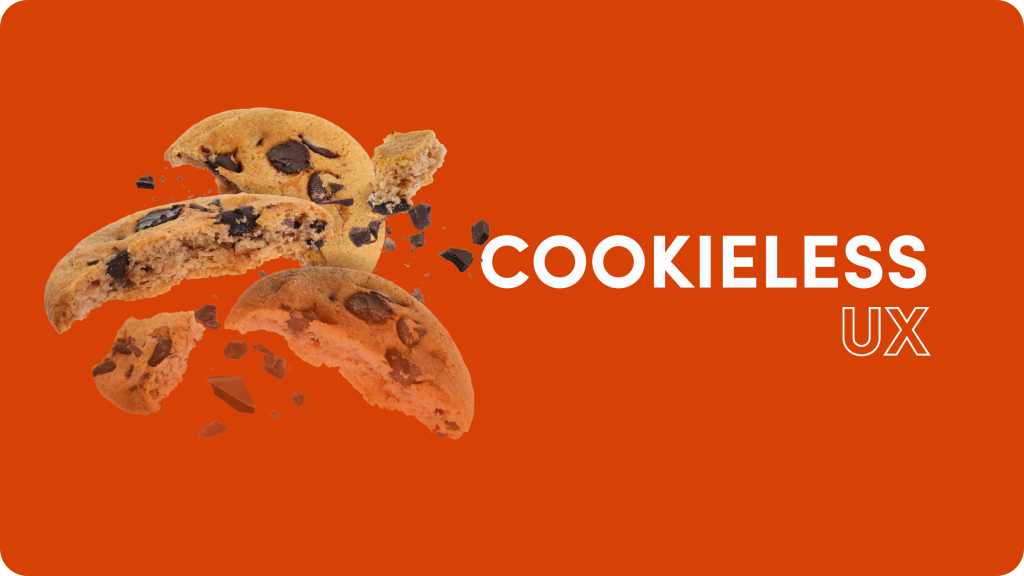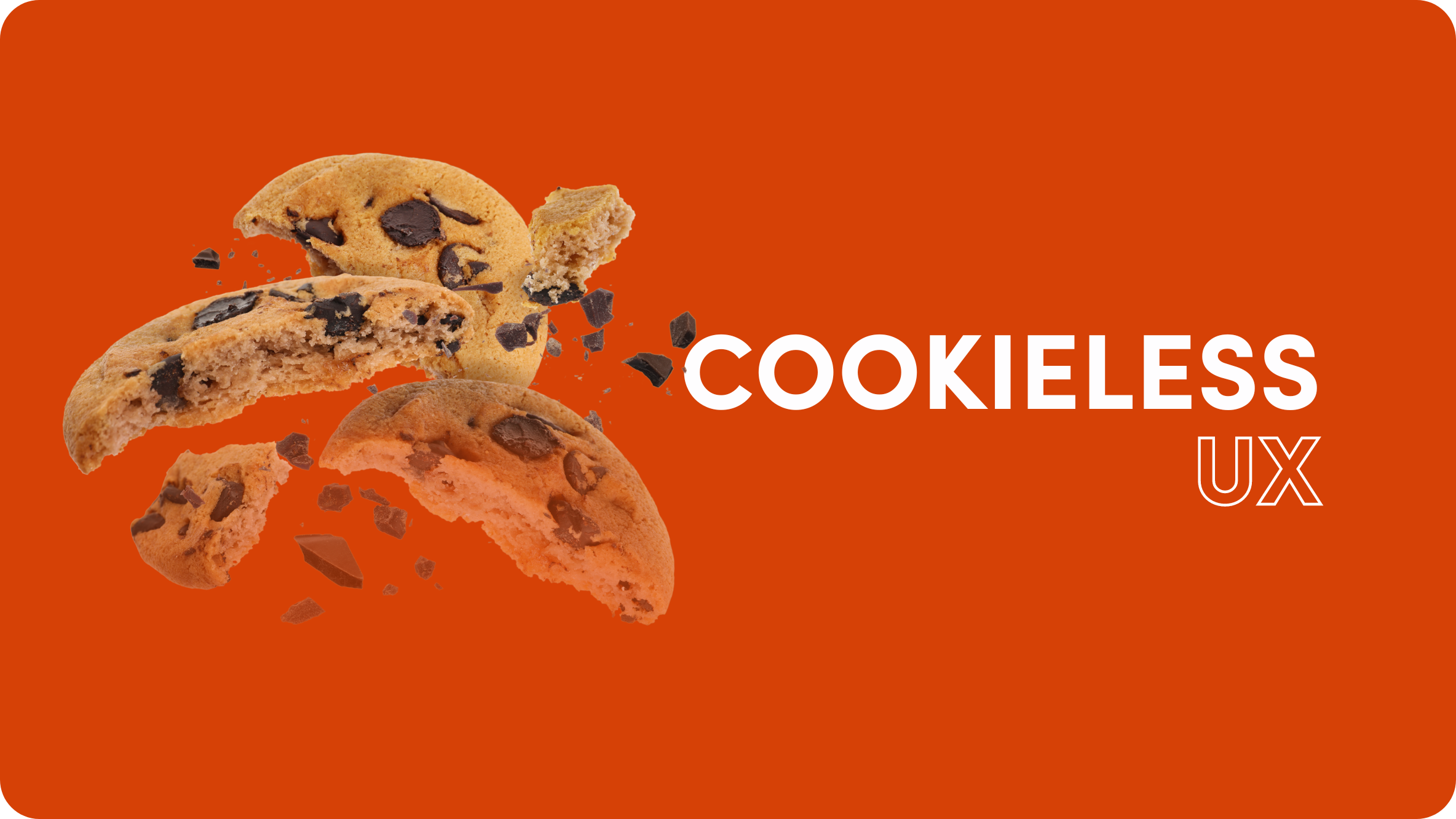Navigating the Cookieless Era Part 2: Facing the User Identification Problem

Welcome back to our no-nonsense guide to Navigating the Cookieless Era. If you haven’t done so already, check out our first post in the series: It’s Not About Cookies, It’s About Profiling.
User Identification: Diving into the Core of the Cookieless Challenge
In part 1, we established that in today’s world, users are not willing to be tracked online without being aware of it. What does that mean for digital marketing? There is now an identity problem. User identity data can only be used for tracking purposes if users consent to share it.
To plausibly claim that a user freely agreed to be profiled and had complete control over the consent process, two basic conditions must be met:
- They explicitly opted in, with clarity about what profiling will entail
- They can easily opt out at any time
The EU’s GDPR (General Data Protection Regulation) has been instrumental in getting the entire industry to transact with consent strings and detailed consent banners. GDPR has become a benchmark for data privacy regulation, inspiring other countries to adopt GDPR-like privacy and data protection laws. It is not a perfect identity solution, but it has at least built the bedrock of a consent-based digital marketing ecosystem.
To comply with GDPR and other user consent regulations, every player in the industry should be able to answer “yes” to three key questions:
- For each user profile, did the user consent to every piece of information in said profile?
- Did the consent signal include sharing the user data downstream?
- Can the identifier from every partner be recalled?
These questions are basic GDPR compliance issues that browsers are now codifying into APIs.
By giving users total control and full transparency over their data profile, the value exchange of the internet – seeing relevant ads in return for free content – becomes explicit. Moreover, incorporating clear user privacy protection creates a new opportunity for the digital advertising industry to drastically improve its perception among consumers.
The Identity Solution: Giving Users Total Awareness and Control of their Data
How can we know for sure that the user has total control of their data, and awareness of how it is being collected and used? The clearest solution is to get users to proactively register their consent.
This puts tremendous pressure on publishers, who are in direct contact with users, to solve the identity problem (except of course the walled gardens of ad tech, such as Google, Meta, Amazon, or Apple, who handle their own user identification issues).
Some publishers have developed a solution over the last few years, most notably The New York Times and The Washington Post, with their large subscriber bases that pay for high-quality and unique content. Most online publishers do not have this advantage. Either their content is commoditized, or their user base too small to drive value at scale (this applies even to medium-sized publishers).
User login fatigue is to be expected, so there are already heated discussions about which SSO (single-sign-on) to recommend. Unsurprisingly, the ones most convenient for users are the big four: Google, Meta (Facebook/Instagram/WhatsApp), Amazon, and Apple – which gives these platforms an incredible upper hand over the independent web. There are regional providers, some publisher alliances, and Prebid, but convincing a critical mass of users is challenging.
In this quest for direct registrations, some have clear advantages: premium publishers, large platforms (walled gardens), and news aggregation platforms (almost all of which are owned by the walled gardens).
At Outbrain, we firmly believe that every publisher should articulate their first-party data strategy, covering:
- What they collect from users
- How they collect and store it
- Who they share it with
The industry is at the closest point we’ve ever been to the end of third-party cookies. For publishers, the time to actively test user identification strategies and fine-tune them is now. At Outbrain, we’re committed to supporting our partners in this process.
Check out the next installment in the Cookieless blog series, part 3: Why does user identity matter so much, and how can we rethink media planning with non-identity-based solutions?
FAQ
What is user identity?
User identity is the unique characteristics or attributes that distinguish an individual online, often including personal information such as demographics, browsing behavior, and preferences.
Online user identity data is collected by various entities, including website publishers, advertising networks, social media platforms, and data brokers. These entities gather user information via cookies, tracking pixels, user registrations, and other methods for purposes such as targeted advertising and analytics.











